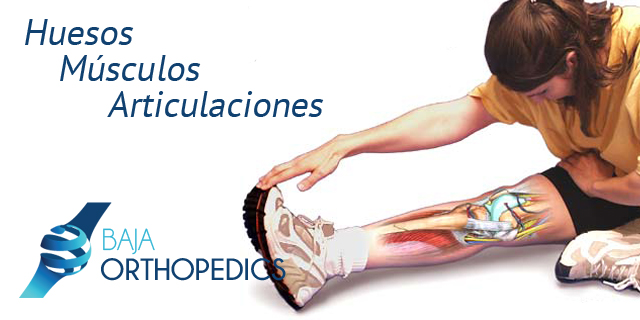Bones Muscles and Joints

Every time you walk, he settles into a chair or hugs his son, used the bones, muscles and joints. Without these important body parts, you could not stand, walk, run, or even sit.
Bones
The bones help move and shape and support your body. Are constituted by living tissue that is constantly regenerated during the course of a lifetime. During childhood and adolescence, the body adds new bone faster than it removes old bone. After age 20, you may lose faster than that produced bone. For strong bones when you are young and prevent bone loss in old age, you need to consume enough calcium and vitamin D and exercise.
There are many types of bone problems:
- Low bone density and osteoporosis weakens bones and increases the likelihood of fractures.
- OI makes your bones weak and brittle.
- Paget’s disease of the bone weakens.
- The bone disease can cause bones to break easily.
- Bones can also develop cancer and infections.
- Other bone diseases are caused by poor nutrition, genetic factors or problems with growth velocity or bone regeneration.
Muscles
Muscles help you move and are part of the functioning of the body. The different types of muscles have different functions. There are many problems that can affect muscles. Muscle disorders can cause weakness, pain or even paralysis.
It may be no known cause for a muscle disease. Some known causes include:
- Injury or overuse, such as sprains and strains, cramps or tendinitis.
- Genetic such as muscular dystrophy.
- Some cancers.
- Inflammatory, such as myositis.
- Diseases that affect the nerves to the muscles.
- Infections.
- Some medicines.
Joints
A joint is where two or more bones, such as the knee, hip, elbow or shoulder meet. Joints can be damaged by many types of injuries or illnesses. Arthritis or continued use for years can erode the joint. This can cause pain, stiffness and swelling. Over time, a swollen joint can become severely damaged.
The treatment of joint problems varies according to its cause. If you have an injury from sports, treatment often begins with the RICE (Rest, Ice, Compression and Elevation) method to relieve pain, reduce inflammation and accelerate healing.
Other treatments include pain relievers, not to move the injured area, rehabilitation and sometimes surgery. For arthritis, injury, or other diseases, surgery may be necessary to replace the damaged joint and put a new one in its place.

Dr. Juan Martínez Caamaño
Dr. Martinez is certified in the specialty of traumatology and orthopedics and medical techniques used to correct or prevent physical degeneration or malformation procedures and pains, injuries and other conditions that affect the musculoskeletal system of the body.
Read more…
